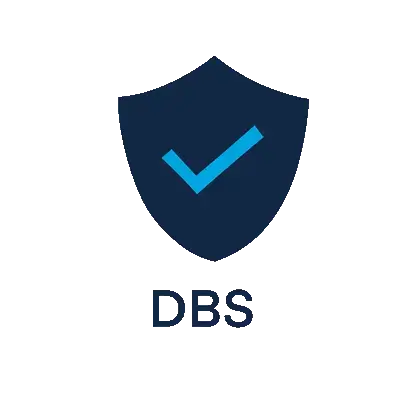How to pass the UCAT test
Preparing for the UCAT (University Clinical Aptitude Test) is an important step when applying to medical and dental degree courses in the UK. To be successful, potential students need to understand the structure, timing, and content of the exam. In this guide, we look in detail at the UCAT test, from registration to booking and sitting the test itself.
What is the UCAT test?
Are you hoping to study medicine or dentistry? Then you need to know about the UCAT!
Otherwise known as the University Clinical Aptitude Test, the UCAT is a university entrance examination designed to assess applicants to medical and dental degree courses. It assesses students in areas identified by universities which relate to clinical aptitude, thus ensuring students are suitable for these challenging courses. The test includes the following subsections: verbal reasoning, decision making, quantitative reasoning, abstract reasoning, and situational judgement.
When is the UCAT test?
The UCAT is taken between two specific dates, opening in July and ending in September, of each calendar year. Test booking closes a week before the final test date, but it is advisable to book early so you can have your choice of test centre.
How do I book the UCAT test?
To book the UCAT test, first register on the official UCAT website. Here, you are able to apply for a bursary towards the cost of the test, and register for a specific date and test centre. This test no longer takes place in schools. If you need access arrangements these can be booked here too.
When is the last UCAT test date?
The last UCAT test date is at the end of September, and must be booked at least a week in advance. The first and last test dates change each year so it’s important to check the official website for information.
How long is the UCAT test?
The UCAT test is divided into five sections and lasts around two hours. Each section has a time limit. Toilet breaks are permitted between sections.
Where can I take the UCAT test?
The UCAT test must be taken at an official Pearson Vue Test Centre. The official website has a helpful tool to allow you to locate your nearest test centre.
How many questions are on the UCAT test?
There are 44 verbal reasoning questions, 29 decision making questions, 36 quantitative reasoning questions and 50 abstract reasoning questions. Each are worth 1 mark. With situational judgement, the number of questions varies and answers are placed into one of four bands.
How do I study for the UCAT test?
There are great resources on the UCAT website to help you prepare for the test. An experienced tutor can also help. Testimonials from students who have previously completed the test (available on the UCAT website) highlight that a personalised study programme is useful in preparation.
How do the UCAT Test application cycles work? How long are the windows?
There are fairly short windows for applying and sitting the test, as results come out in November. The cycle opens in May, the test takes place between July and September, and results are then sent directly to the universities.
Can I retake the UCAT test?
You can only retake the UCAT test the following academic year if you have been unsuccessful in your application. However, it is important to remember that this test is only a part of your application process, including interview, UCAS application form and other academic qualifications.
What sections are on the UCAT test?
The UCAT test is divided into five sections: Verbal Reasoning, Decision Making, Quantitative Reasoning, Abstract Reasoning, and Situational Judgement. These are directly related to areas of clinical practice needed for medics and dentists.










Start the discussion!